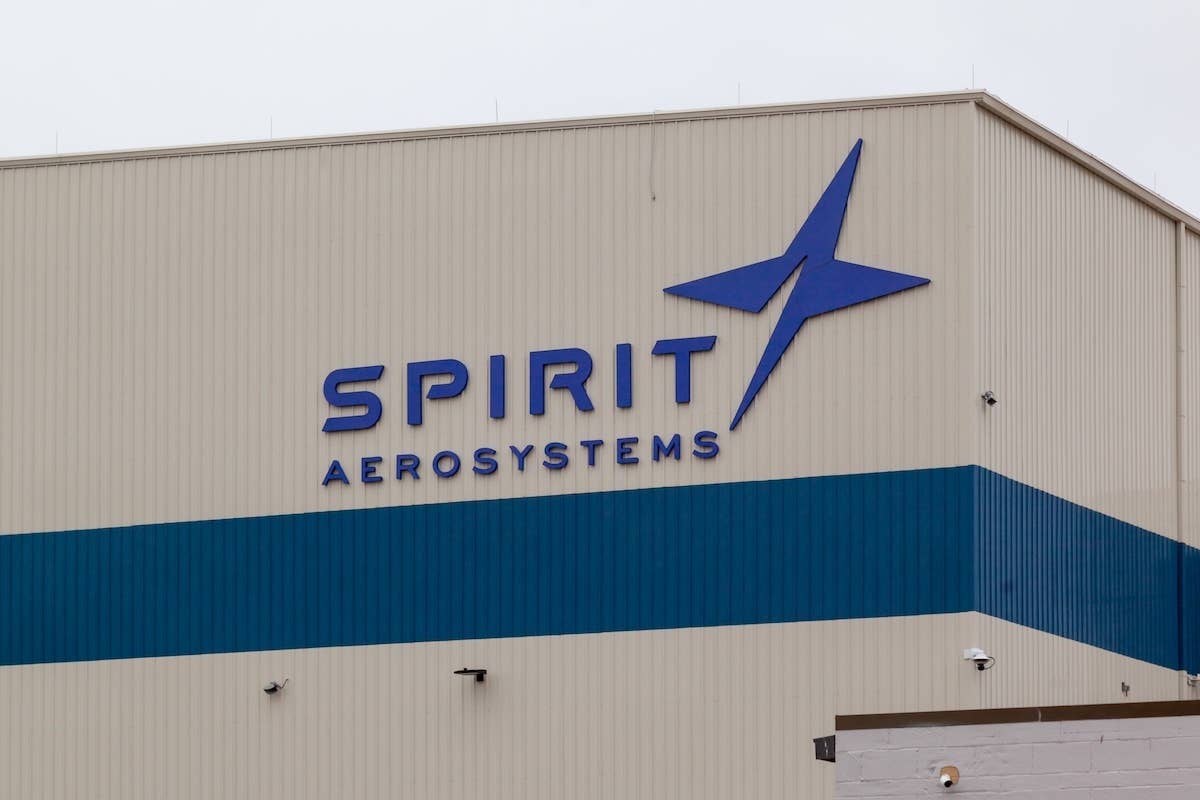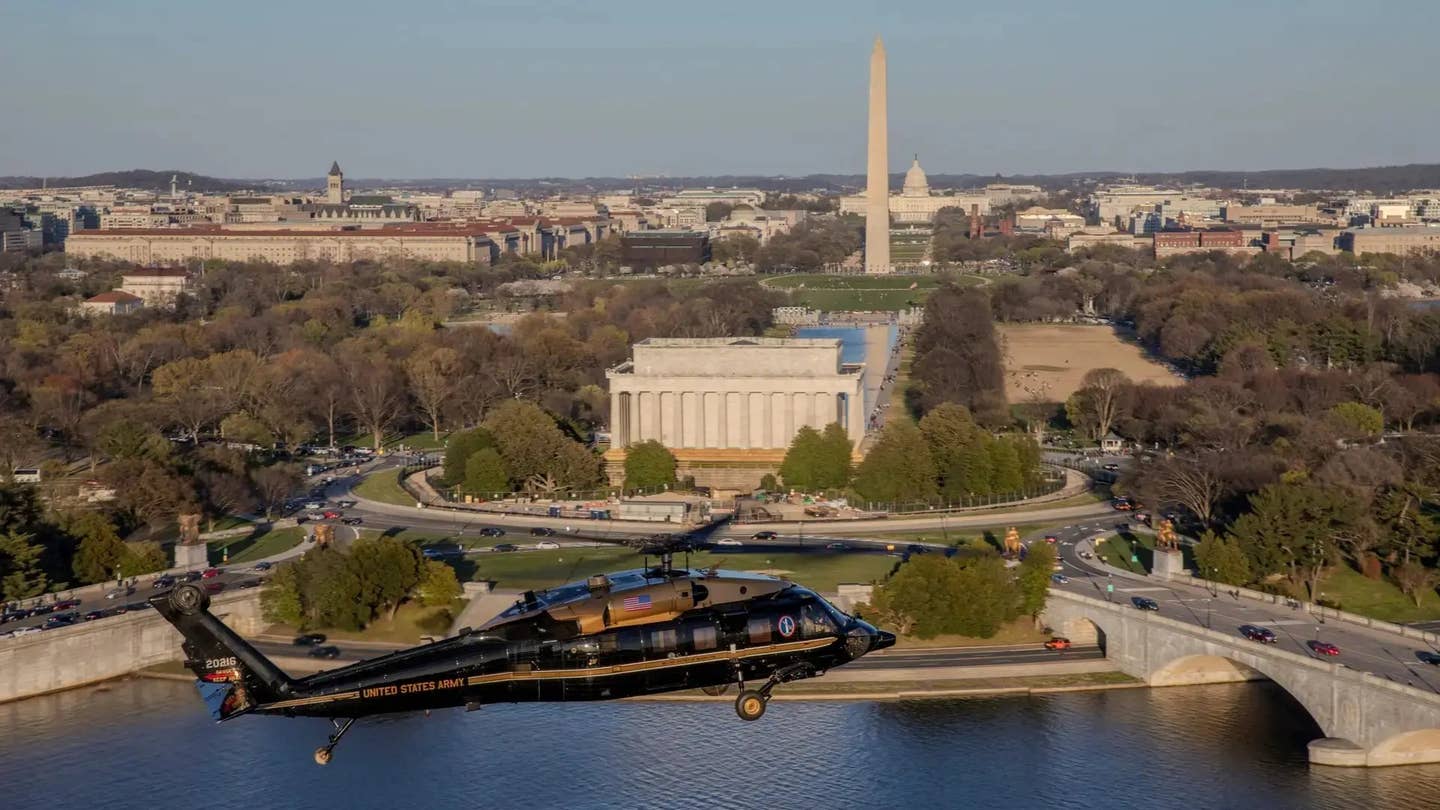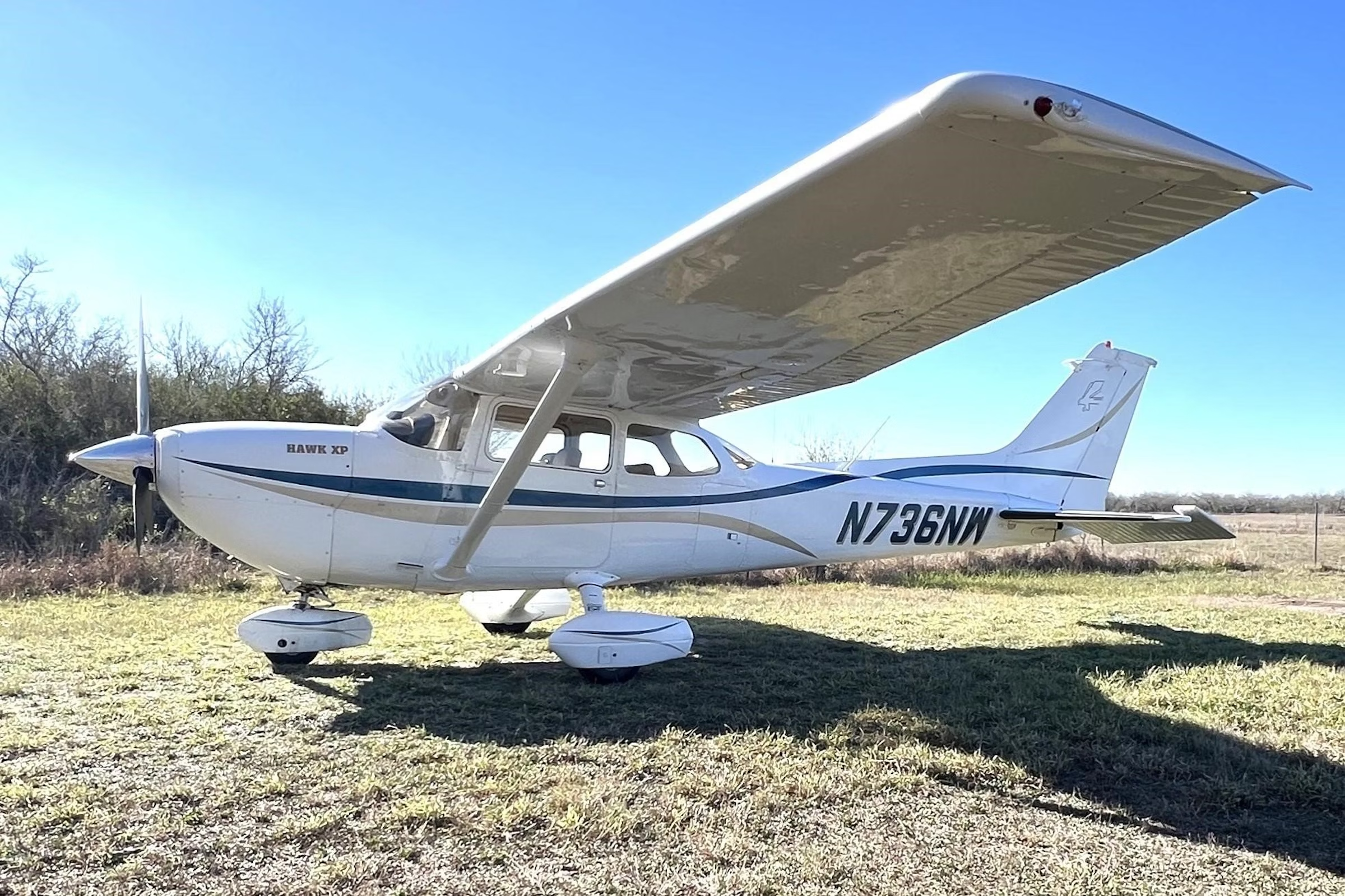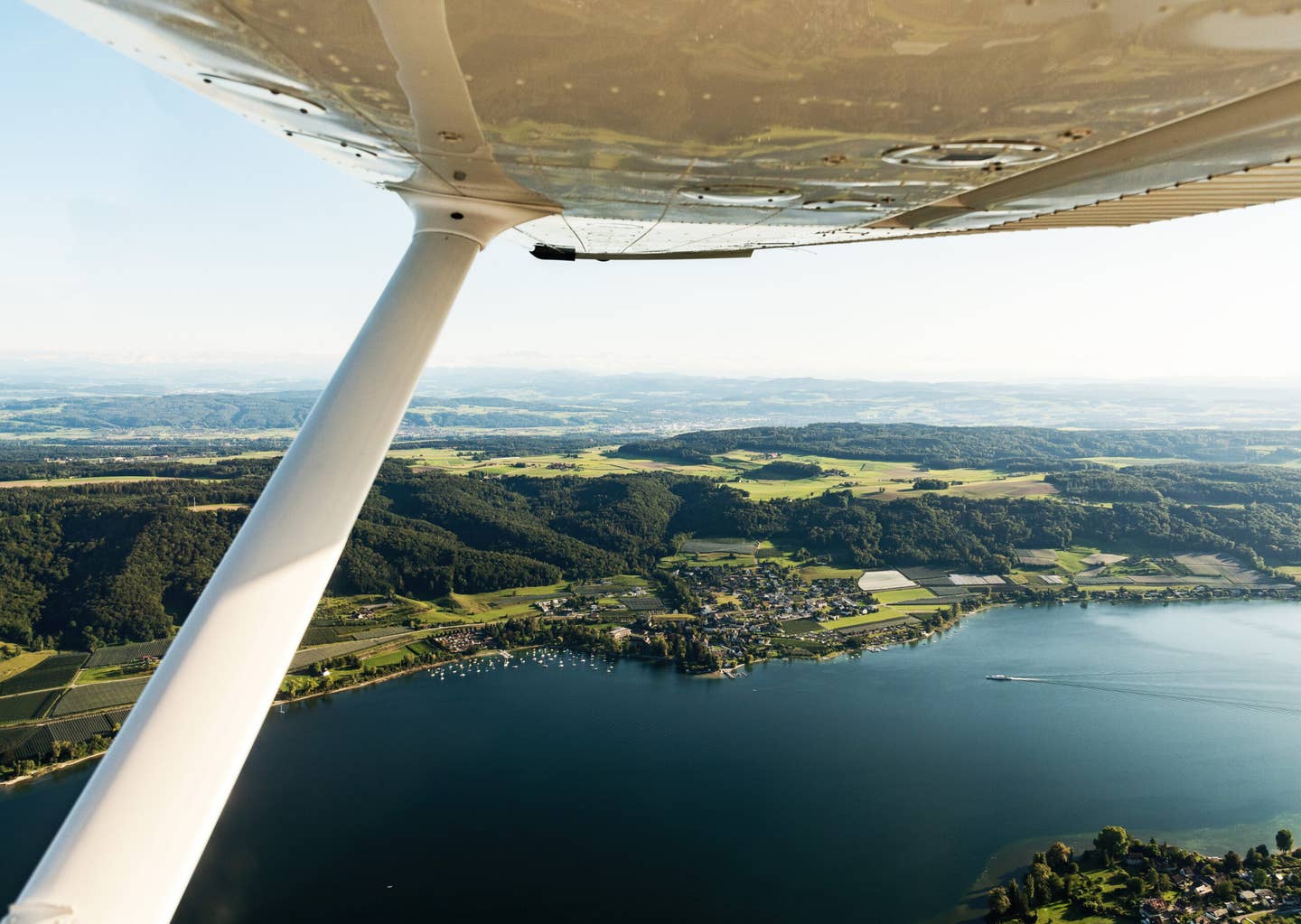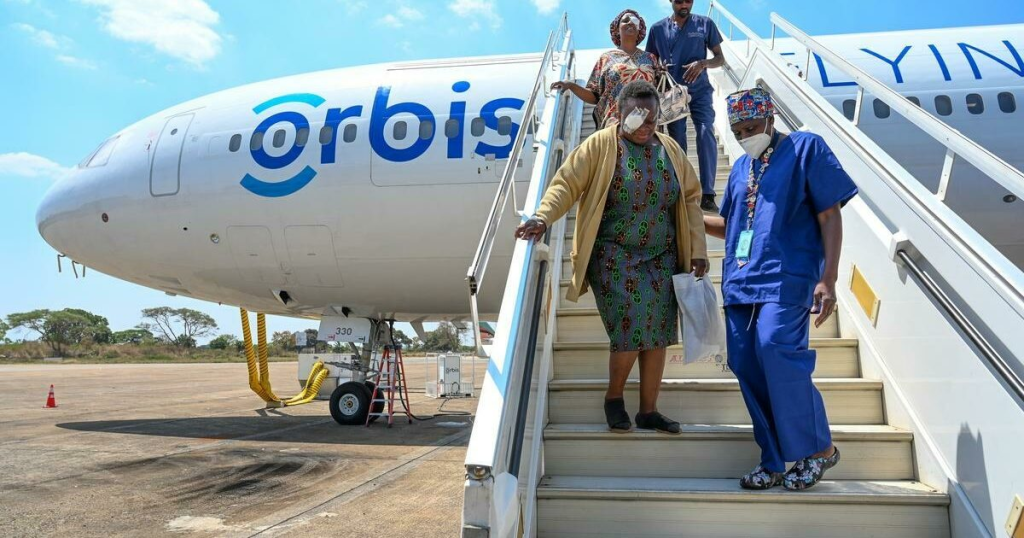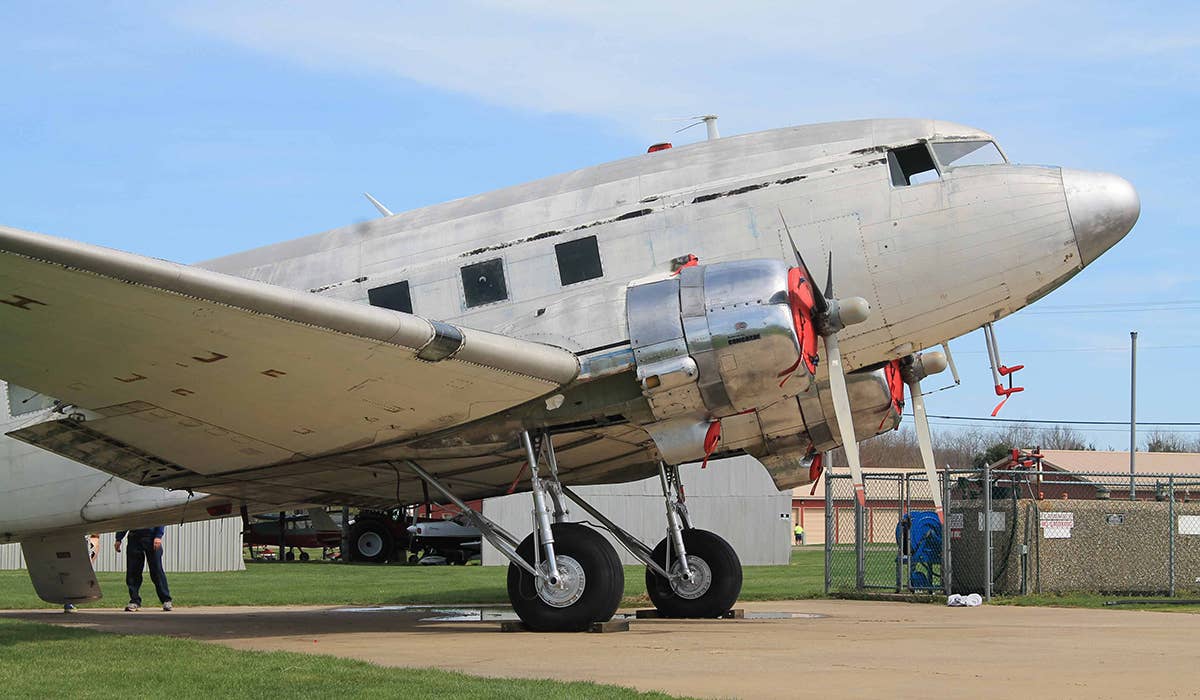
Discovered in a field in Beach City, Ohio, this DC-3/C-53 Skytrooper is being restored to its WWII glory by Vintage Wings. Vintage Wings
Had he not chosen Ohio's back roads over the interstate on one fateful trip from Indiana to Pittsburgh in 2014, Vintage Wings might still just be Jason Capra's childhood dream.
But be it through divine fate or mere coincidence, the airline pilot with a lifelong obsession for World War II aircraft came face-to-tail with the airplane that would fulfill his destiny: A Douglas DC-3 that also served as a C-53 Skytrooper in WWII. He didn’t know who owned this aircraft, or why it was sitting all alone in a field in Beach City, Ohio, but Capra knew that he wanted to own it and bring it back to its glory days.
“I saw the tail of a DC-3 sticking up and then I saw the airplane, and I was like, ‘You’ve gotta be kidding me,’” he tells Flying. “There was a DC-3 sitting in a field and it looked like it had been neglected and forgotten. I pulled off to the side of the road, got out and walked around it – there was nobody around – and I had no idea whose it was or why it was there. I went home later that night and tracked the N number down, and found on the FAA’s website the owner of the airplane. I went to the local Yellow Pages in the Canton, Ohio, area and I called every Ken Joseph I could call until I got a hold of the right guy.”
As Capra would eventually learn, this wasn’t just any old DC-3. This one not only flew in Operation Torch, but it was reportedly General Douglas MacArthur’s personal transit for two months during WWII. Other stories even have it linked to Jimmy Doolittle, Glenn Miller and Eddie Rickenbacker, and it also enjoyed a nice post-war run as Buckeye One for former Ohio Governor Jim Rhodes. And yet, there it was, sitting in a field after so many years. Capra knew it deserved better, so he started negotiations to purchase the old plane.
“He agreed to let me come out and look at the airplane with him, and then I asked him if he’d ever be interested in selling it. He said, ‘No, not really,’ and we kind of went back and forth for a while,” Capra recalls. “Finally, I showed him pictures of the DC-4 that I fly and how we restored that, and I said, ‘Listen, if you ever give me the chance to buy this airplane off of you, this thing is gonna get a rebirth and we’re gonna take it to air shows and give it the retirement it deserves.’ I think that’s what did it. He agreed to sell it to me.”
The price? $100,000. Capra didn’t have that much money, so they struck a deal: $20,000 down and the rest of the balance due within one year. If Capra didn’t come up with $80,000 he’d lose his down payment, so the pressure was on. He paid the $20,000 and immediately looked into creating a 501c3, which took three months to establish. Vintage Wings, he says, was the name that he and his childhood friend, Jeremy Aaron, came up with when they dreamed of one day opening their own aviation museum. Naturally, Aaron was immediately on board with the DC-3 purchase and restoration project, as was Jeff Tramontano, a JetBlue pilot and “one of the most warbird-crazy people” Capra has ever met.
With the board of directors set, it was time to raise money, and the clock was ticking. “A lot of hard work, sleepless nights and writing emails to different corporations and individuals, we paid the airplane off 100 percent full in 10 months,” Capra says. The hard part, though, was asking people for money while not being able to show them very much. With few resources, the trio performed some cosmetic work, but they had to rely on their passion as the key selling point.
“We knew the right people and the talent was there to make this thing come back to life. The biggest hurdle was trying to convince people to make donations and invest their money in a brand new air museum that didn’t even have one airplane. People who know me know how passionate I am about this stuff and how hard a worker I am that there was no doubt they were making a good investment,” Capra says. “That was the best day, walking in there and handing him the check for $80,000.”
Capra and his friends named their DC-3 “Beach City Baby” to recognize the town where Capra found it, and since raising the initial funds, they’ve used their resourcefulness and some connections to begin the long, difficult process of restoring a classic. The first step was removing the flight controls and sending them off to be completely redone. That work was handled by the EAA sport aircraft chapter in Franklin, PA, of which Aaron’s uncle is the president. The group completely stripped the controls, repainted them and added all new hardware, and now the controls are ready to be reinstalled. Capra’s team also had to gut the plane’s corporate Buckeye One interior all the way down to the wood floor and bare metal cabin.
“From there, we’ll go forward in making it look just the way it did in WWII,” he says. “All of the wiring in the airplane needed to be replaced, so we had an electrician come out and he just finished, essentially, hooking up everything. We’ve completely rewired a DC-3 from scratch. New circuit breakers, new electrical switches, and yesterday was the first time in 23 years we turned the battery master switch on, and the airplane came alive. It was awesome to see this old thing have life in it again.”
The propellers are currently being overhauled and the right engine is 75 percent rebuilt. He expects to have that completed by mid- to late-July, at which point they’ll be able to fire it up and watch their Baby come back to life. That’s crucial, Capra admits, because each step in the restoration process is used to help inspire people to keep making donations. He estimates they’ll need another $100,000 to finish Beach City Baby, and he knows that it’s not easy for people to fork over a lot of cash.
“Money’s tight these days, and everyone who sends a penny our way, we’re very grateful for it. Everything we need to keep the project moving forward, when it comes to the labor and the expertise and the maintenance, it’s all done in-house. It’s long, hard days out there working on this thing to make it as far as we’ve made it so far.”
What makes Vintage Wings unique, though, is the people Capra and co. are recruiting as volunteers and workers. Having had the good fortune to not only work on the restoration of a DC-4 as a teen, but later serve as its co-pilot, Capra understands how frustrating it can be for young aviation enthusiasts and aspiring pilots to want to work on classic planes, only to be met with menial chores. Tramontano was a perfect example, as he’d always been tasked with sweeping a hangar floor, but was never given an opportunity to play a bigger role.
“Most of our members are younger people,” Capra explains. “They’re in their 20s, some in their 40s. I’ve got about four or five guys who are retired and offer their help and expertise. But when we have a work weekend and people show up to work on the airplane, most of my volunteers are all younger professionals, college students, or high school kids who want to get involved. I hear the same thing all the time: They’ve gone to different museums and organizations and said they wanted to help, and they’re given a rag or told to sweep the plane. They want to learn more, and when they show up to work for us, we get three or four of our experienced people who know what they’re doing to hand them a wrench or drill and say, ‘Okay, follow me.’ We’re teaching as we’re working. Our whole premise is to make sure this stuff doesn’t die when the generations that were directly involved with them go away. We want to make sure that the knowledge is there to keep maintaining and operating these airplanes long after I’m no longer here.”
To donate, volunteer, or simply learn more about Beach City Baby and Vintage Wings, visit the website.

Sign-up for newsletters & special offers!
Get the latest FLYING stories & special offers delivered directly to your inbox


